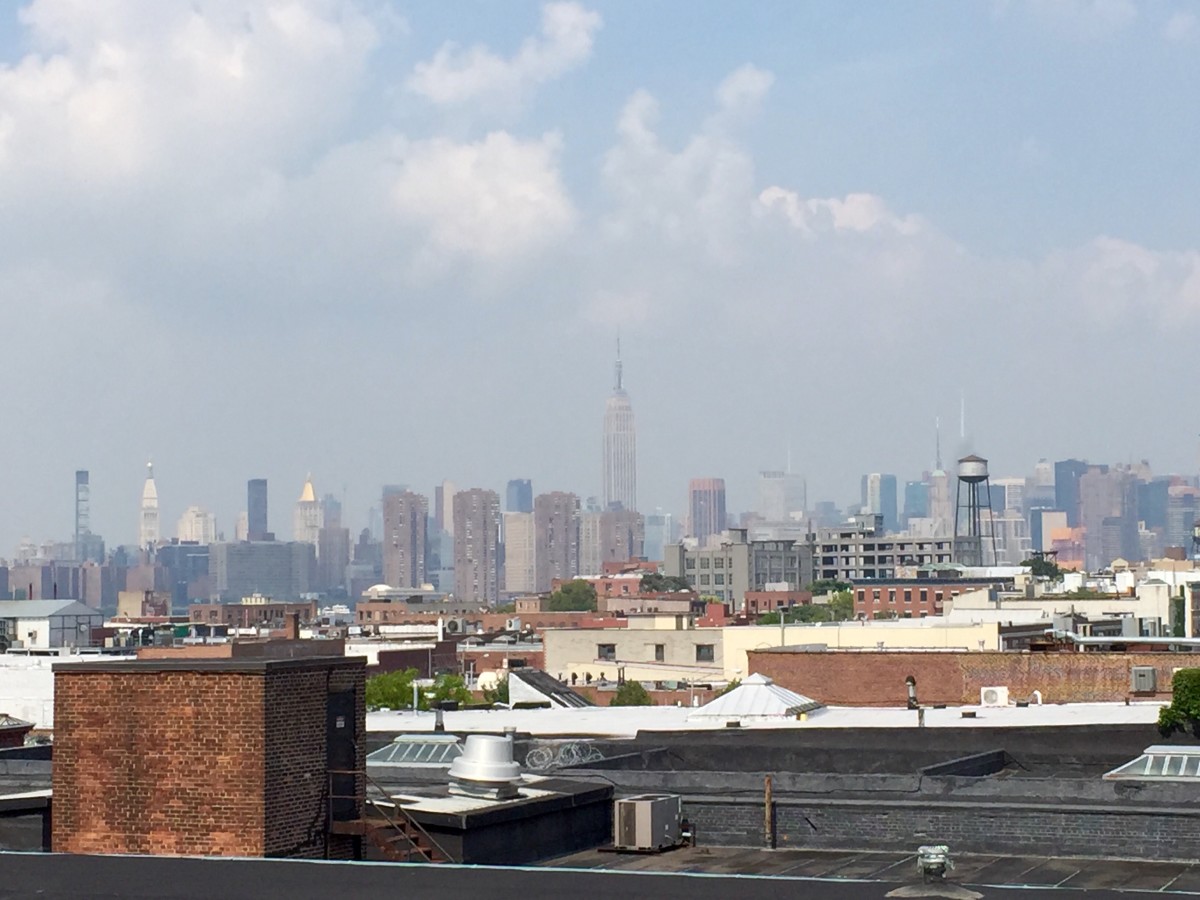Hyperlocal news is a tricky thing. Experts have said it’s where the money is, and yet sites seem to come and go. Unlike national news, it’s content you usually can’t find elsewhere, and yet, it so frequently goes unread on websites that look to be from 1998.
Stephen Jefferson is trying to create a new paradigm for local news consumption. He thinks the answer is more local, more pinpointed information. He built Bloom, software that allows readers on local news sites to refine the news to their own location. The first beta test for the product comes on local news site BK Reader, where you’ll find Bloom at the bottom right of the page, with a circular logo shaped like a location pin.
“Publishers’ local news, events and crime aren’t organized in a way that can be searched by ‘nearby,'” Jefferson wrote in an interview. “Bloom is solving this by providing publishers with geotagging and search tools, which then make ‘nearby’ search accessible for their readers.”
Our geolocation platform is now available in Brooklyn! Visit @TheBKReader to find news & events happening near you! pic.twitter.com/olC0jeFLjT
— Bloom Labs (@bloomfornews) July 20, 2016
Brooklyn’s big. If you click that you are interested in news from Lafayette Avenue in Clinton Hill, Bloom brings up ten articles written within recently within one mile of there. The site has nothing when you search for Greenpoint’s area code, but we assume it will fill in as articles are written.
Jefferson has been a software designer and developer for more than ten years, working with small businesses and nonprofits, he said. Recently, he completed a fellowship with the Tow-Knight Center for Entrepreneurial Journalism, at CUNY.
“Over the past 2-3 years, I’ve studied the dedication behind journalism and the challenges of small hyperlocal publishers,” he wrote. “Technology is a big challenge for them, and that’s what I can help with. … We’re sharing data with the publisher about what locations their readers are most interested in versus where the publisher conducts reporting. This pinpoints which neighborhoods have high demand in readership but lack coverage — or vice versa.”
Of course, a similar algorithm has been processed mentally by local news editors for generations. But maybe that’s eroding.
Location-specificity can be good for news consumers and it can also be good for advertisers.
“Later this year, we’ll be working with the publishers on improving their advertising and subscriptions by using this same geotagging technique,” Jefferson wrote. “Think about connecting their local advertisements with local stories that happen in the same neighborhood. … We’ll be testing these soon and are excited to see what we can learn from it.”
Before you go...
Please consider supporting Technical.ly to keep our independent journalism strong. Unlike most business-focused media outlets, we don’t have a paywall. Instead, we count on your personal and organizational support.
Join our growing Slack community
Join 5,000 tech professionals and entrepreneurs in our community Slack today!
